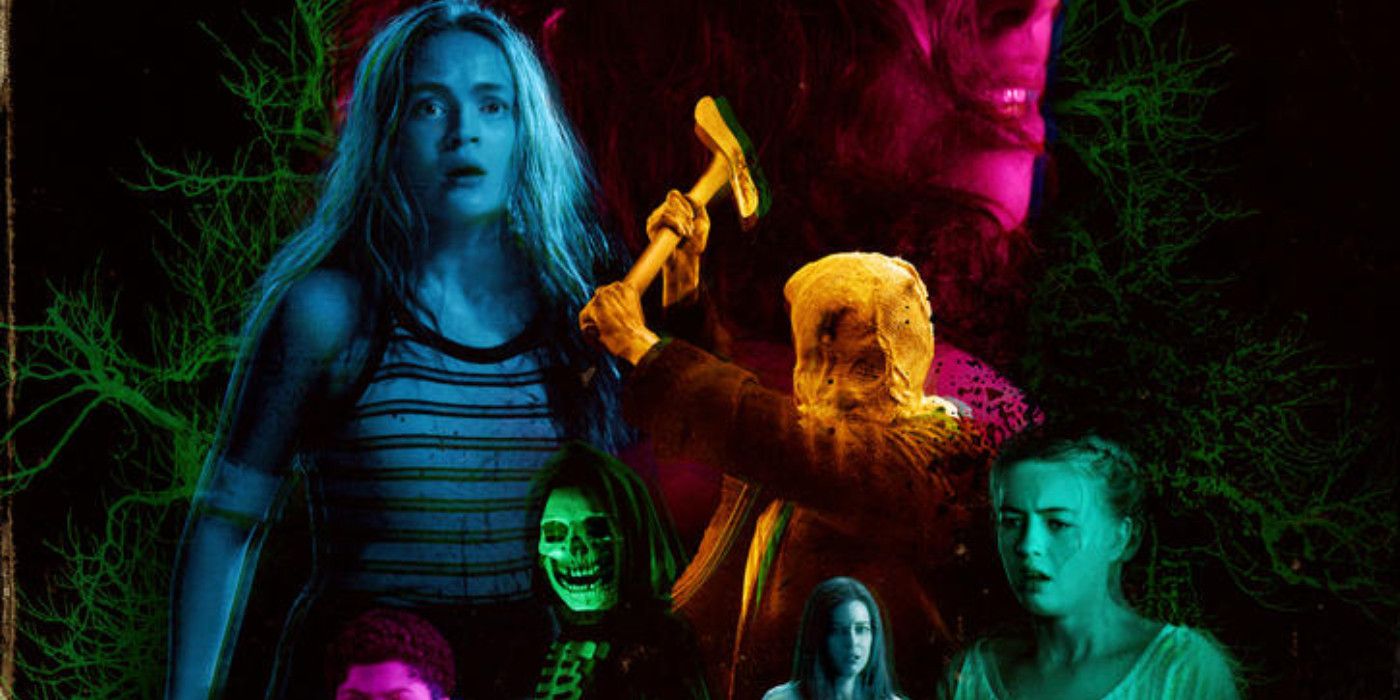To anyone that’s seen the first two installations of Netflix’s three-part horror collection, it’s nearly a procedure to describe the first story of “Concern Road: 1666.” The closing of “1978” hinted at a feasible window to the fact, a possibility for Deena (Kiana Madeira) to see the Fear Street Part 2 origins of a town’s curse through the eyes of Sarah Fier herself. Memorialized in regional tradition as a witch whose wickedness cursed Shadyside to centuries of doom in the form of a wave of serial awesomes, Sarah is introduced right here as a loving sibling and little girl who’s as capable helping her bro with the livestock as she is doing good works for her fellow residents of Union, including possible spouse Solomon Goode.

Her heart absolutely belongs, however, to the priest’s child, regardless of noticeable reasons why they can never ever be together. If parts of this beginning to feel familiar, it’s assisted along by the fact that the actors of “1666” are all “reprising” their roles from the previous two phases. Sarah’s sibling (Benjamin Flores Jr.) has the same face as the child firing up proto-AIM and enduring a supermarket axe assault. A ride through the community square exposes Fred Hechinger, Sadie Sink, and Emily Rudd– previous citizens of Shadyside summertime camps as well as senior high schools– as those playing the people who live close by. After playing Constable Nick Goode in “1994,” Ashley Zukerman pulls dual task here as the similarly-named Solomon. And that eventful career of feelings that starts the rest of “1666” is given birth to by Madeira and Olivia Scott Welch, both starlets that did the exact same in “1994.”.
Where the very first two “Concern Street” phases deftly drew on their spiritual motion picture forefathers, “1666” feels much less stylistically distinctive. Fear Street Part 2 Instead of lean into any kind of early american aesthetics, this film feels as well beholden to link to parts of these stories coming 10 generations later. There’s a jarring speed to a few of the very early character introductions that feels downright mad for the 17th century. True, one of the overarching suggestions in “Concern Road” is that certain social fearmongering– be it in the form of homophobia, course division, or ethical panic– are as etched right into American life as the names on the rock near the pentagram under the Camp Nightwing outhouse. However those connections really feel squashed below, with a modernized power that robs “1666” of the majority of the real scary that could be extracted from the truths of the time period